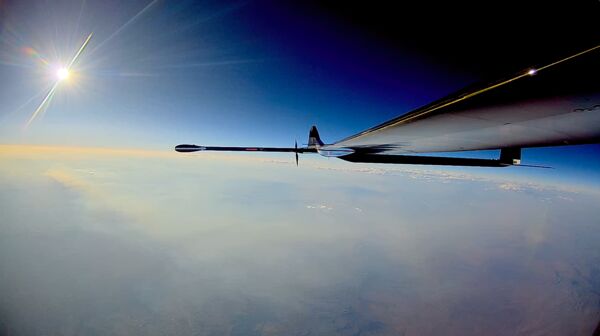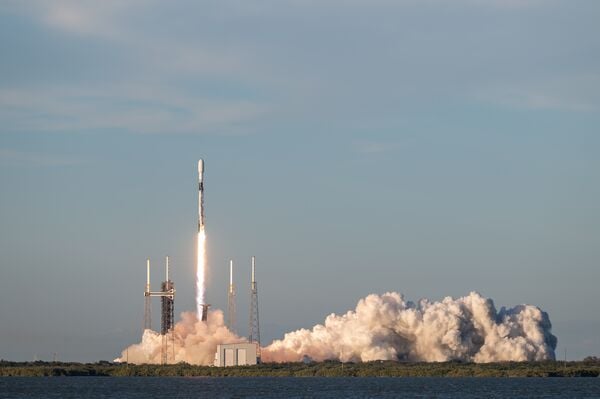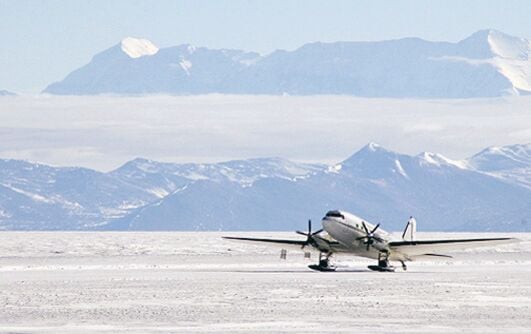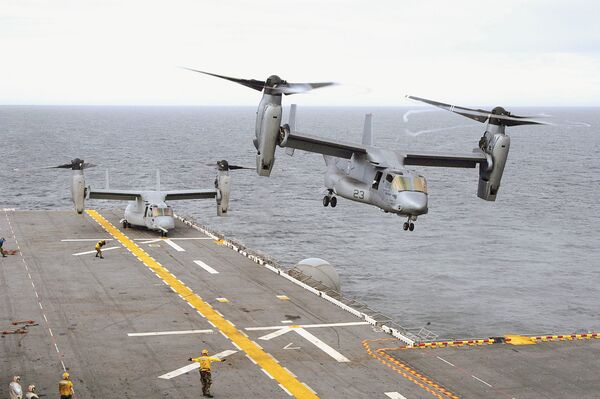- About
- Intara
- Capabilities
- Advisory
- Resources
- News
- Store
BAE Systems scores stratospheric success for PHASA-35 pseudo satellite
17 July 2023
by Gareth Jennings


The PHASA-35 HAPS seen operating in the stratosphere during its recent milestone flight. (BAE Systems)
BAE Systems has flown the PHASA-35 solar-powered high-altitude long-endurance (HALE) unmanned aerial vehicle (UAV) in the stratosphere for the first time, the company announced on 14 July.
Speaking at the Royal International Air Tattoo (RIAT) 2023 show at Royal Air Force (RAF) Fairford in Gloucestershire, Phil Varty, business manager UAV systems, BAE Systems, said the milestone flight had recently taken place over a 24 hour period, during which the electrically driven high-altitude pseudo-satellite (HAPS) ascended to an altitude of more than 66,000 ft before landing back at Spaceport America in the US state of New Mexico.
SDA developing FOO Fighter counter-hypersonic programme
07 May 2024
by Carlo Munoz


A SpaceX Falcon 9 rocket launches from Space Launch Complex 40 at Cape Canaveral Space Force Station, Florida, on 14 February 2024. (US Space Force)
The Pentagon's Space Development Agency (SDA) has awarded a USD414 million deal to build a series of new satellites, presumably capable of early warning and precision tracking of hypersonic missile systems.
Agency officials selected California-based Millennium Space Systems to construct the eight fire-control satellites as part of the SDA's Fire-control On Orbit-support-to-the-war Fighter (FOO Fighter) programme, according to an agency statement. The space vehicles (SVs) and associated payloads for the FOO Fighter satellites “will demonstrate advanced missile defence capability by incorporating fire control-quality sensors into a prototype constellation”, SDA officials said in the statement.
The eight satellites, which SDA anticipates to be launched into orbit by the first quarter of fiscal year (FY) 2027, “will accelerate fire-control capability” for the agency's Proliferated Warfighter Space Architecture (PWSA) programme. Specifically, agency officials are looking to develop and mature the SDA's counter-hypersonic capability in Tranche 2 Tracking Layer (T2TL) of the PWSA.
Update: US Department of State approves Basler BT-67 sale to Argentina
06 May 2024
by Zach Rosenberg


The BT-67 is no stranger to Antarctica's harsh climate. This picture displays a Basler BT-67 (re-engined DC-3) in polar configuration equipped with snow skids. (Basler)
The US Department of State has approved Argentina's request to purchase Basler BT-67s, support equipment, and training for up to USD143 million, the department announced on 18 April.
“The proposed sale will … [provide] additional capacity for airdrop and airlift operations to service Antarctica during the winter season,” the announcement read. “This will reduce the burden on other airlift assets in Argentina.”
Up to five aircraft are to be purchased in the deal, according to the Department of State, which includes spare engines, ground handling equipment, transport, and personnel training. Basler and the Argentine Ministry of Defense had not responded to Janes questions at the time of publication.
Argentina maintains nearly a dozen research bases on Antarctica, according to the country's Ministry of Foreign Affairs, International Trade and Worship. Argentina's air force operates several aircraft types capable of operating in Antarctica, including four Lockheed Martin C-130Hs and seven de Havilland DHC-6s.
Modern Day Marine 2024: NAVAIR plans V-22 improvements to keep tiltrotor flying through 2050
06 May 2024
by Zach Rosenberg


The MV-22 (pictured) is to soon receive new engine nacelles to be followed by a refreshed cockpit. Longer-term modifications may include a new drivetrain and perhaps even new wings. (US Navy)
The V-22 is likely to fly through 2050, and upgrades are in the planning process to allow it to reach that age, US Marine Corps (USMC) Colonel Brian Taylor, V-22 programme manager at Naval Air Systems Command (NAVAIR), said at the Modern Day Marine 2024 conference in Washington, DC on 30 April.
In the near term, NAVAIR is working to centralise the V-22 fleet in a common configuration and improve maintainability.
“When you purchase aircraft over about a 30-year span, you end up with some configuration challenges, and that's what we're still working through,” Col Taylor said. “You're going to see things like block modifications: how do we get the aircraft to be closer to one another across this wide expanse of airframes that we bought and the different blocks they were in?”
BAE Systems has flown the PHASA-35 solar-powered high-altitude long-endurance (HALE) unmanned aerial...
Latest Podcasts
Using OSINT to support law enforcement
Ritu Gill, Intelligence Analyst, joins Harry and Sean to discuss the practical use of OSINT to support law enforcement. Ritu discusses it’s use in supporting risk assessments and classified or closed sources of intelligence. She also discusses t...
Listen nowJanes Case Studies
Using Janes Intara to build a common intelligence picture: Russian build up on the Ukrainian border
View Case StudyNews Categories
 Air Details
Air Details